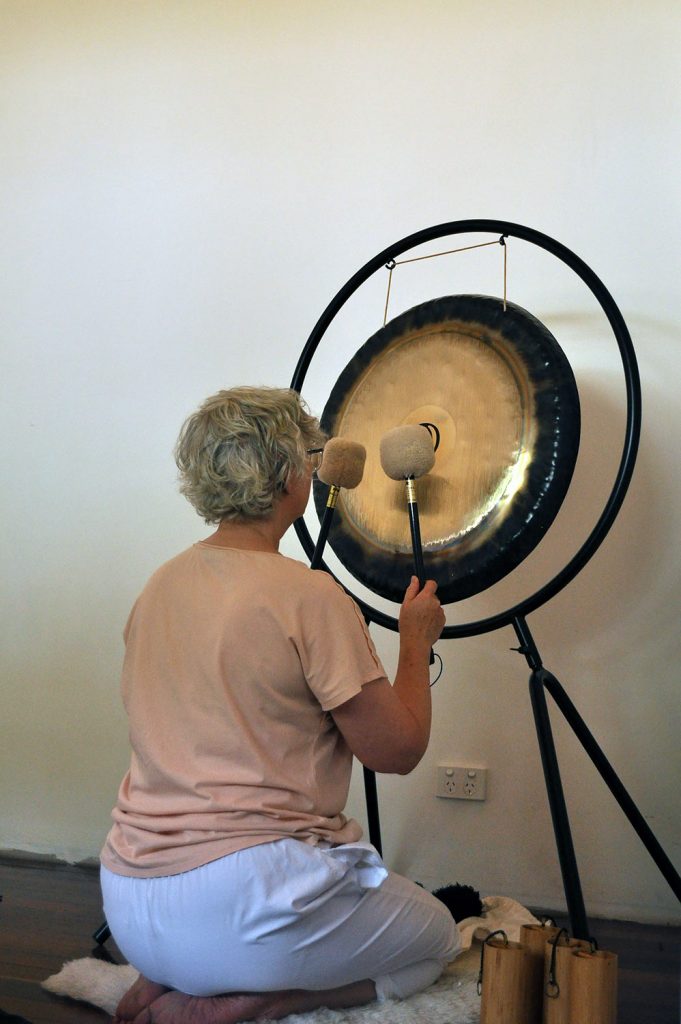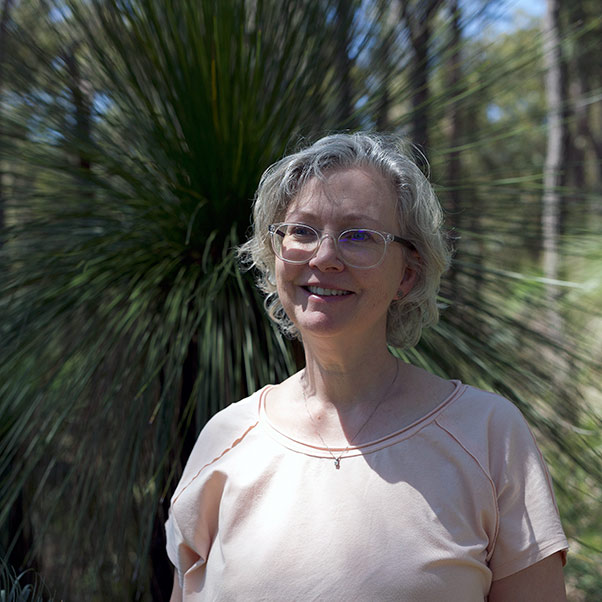Our Classes
Gentle Yoga Class Schedule
Chronic Pain and Depression – How Yoga Can Help
Chronic pain and depression often go hand-in-hand. According to Pain Australia 30-40% of people with a diagnosed mental health condition also seek treatment for chronic pain (1). One in five Australian adults with severe or very severe pain also suffered from depression (2).
Dr Timothy McCall in his book “Yoga as Medicine” lists stress reduction, pain relief and increased psychological health as possible benefits of Yoga. There is a growing body of research indicating that Yoga and Meditation may be helpful in improving the lives of people experiencing both chronic pain and depression (3). Yoga may help to improve the symptoms of depression and chronic pain because it is holistic, non-invasive and, when shared by a qualified and sensitive teacher, safe and effective.
If you are in the grip of constant pain and hating your body because it’s breaking down, what can be done to get out of that downward spiral and the hopelessness that accompanies it? What if the painkillers the doctor prescribed are no longer helping to relieve the pain at all? It may be that your nervous system has learned to be really good at identifying and alerting you to pain. In science this is called neuroplasticity. Norman Doidge in his groundbreaking book “The Brain That Changes Itself”(4) identified four ways to make neuroplastic changes in the brain. These are:
- Awareness
- Repetition
- Novelty
- Interest.
In yogic terms neuroplasticity, or creating habits and shortcuts in your brain, is called “samskaras”. As Kelly McGonigal says, “These habits keep you stuck, feeling the same emotions, thinking the same thoughts, and even experiencing the same pain” (5). However, she goes on to point out that a yoga practice can begin to alter these samskaras by bringing awareness to them; being curious and interested in creating change; trying out a new and different way of dealing with them; and repeating this new practice until it creates a new and more positive samskara.
For example, I used to have quite severe neck pain, originally because of whiplash caused by a car accident that developed into persistent pain in the left jaw, neck and shoulder. I had created muscle tension in that area of my body to protect myself from feeling pain, but by restricting and guarding movement in that part of my body, I had created more pain and tension. I have now learned from many years of practicing yoga that I can reduce or even eliminate pain in my neck by bringing awareness to that area; by breathing slowly and calmly with a slightly longer exhale than inhale; and by consciously releasing tension in the muscles in my neck and shoulder. I also move my neck and shoulders through some gentle stretches with the breath and that keeps the muscles around my shoulders relaxed and conditioned. I have found in my own experience and in the work I have done with others experiencing persistent pain, that the most effective way to live with pain is by regularly practicing yogic tools and techniques, so that when there is a flare up in symptoms your body and mind know what to do because you have practiced.
In her research on the use of Mindfulness Based Stress Reduction (MBSR) to manage comorbid chronic pain and depression, Cynthia Marske and her colleagues discovered that combination of an 8 week course and a home program delivered significant improvements in depression, catastrophizing and pain management. Marske said “ with chronic pain, healing involves learning to live with a level of pain that is manageable. For this, yoga and meditation can be very beneficial” (6).
In a specialist pain class I taught back in 2015, I shared a meditation practice in which I guided participants through a body scan that noticed sensations in the body, whether pleasant, unpleasant or neutral. Following the scan they were guided to take their attention to a part of the body, which felt pleasant or neutral and imagine that they were breathing in and out through that part of the body. One lady who was in considerable pain from many afflictions, reported that she was able to distract herself from pain by using this technique in order that she could fall asleep at night and return to sleep when she woke up with pain. She still needed to use pain relieving and anti-depressant medication, but her meditation practice brought her a great deal of comfort and relief.
Attending regular yoga classes where participants are encouraged to develop their own agency can create a sense of community, and a feeling of safety and comfort in the body and the mind. This, together with encouragement to create a personal home practice, may support people with a chronic pain and depression diagnosis to live a happier and healthier life.
Nicki Walters is a yoga teacher and fitness instructor living and working on Wadjuk-Noongar land in Western Australia. Her early career was as a dance teacher specialising in bringing dance to special needs populations. She retrained as a yoga teacher in 2010 and has a special interest in working with adults experiencing persistent pain.
References
- painaustralia.org.au
- abs.gov.au – ABS National Health Survey 2007-8
- McCall, Timothy M.D. “Yoga as Medicine” 2007
- Doidge, Norman M.D. “The Brain That Changes Itself” 2007
- McGonigal, Kelly Ph.D. “Yoga for Pain Relief” 2009
- Marske, Cynthia et al, “Mindfulness-Based Stress Reduction in the management of Chronic Pain and its Comorbid Depression” Journal of Osteopathic Medicine 12/08/2020
Weekly Gentle Yoga
Roleystone Family Centre Gentle Yoga classes
This class is a combination of a few different yoga modalities perfected by Nicki…
Staying calm and having high energy levels is difficult in our fast-paced world. It is, however, possible to find peace in the chaos, and have a deeply relaxing life.
Finding time for self-care with such heavy demands on our time often seems unachievable. The good news is that investing time into a yoga practice that teaches mastery of the nervous system, rewards us by reducing stress and increasing energy so we can be more productive.
Slow mindful yoga can be a great tool for cultivating calmness, as well as being an opportunity to gently stretch out tired and tense muscles for a more agile body.
Learn how to pay attention to the messages your body is giving you, and nourish and create resilience in the nervous system.
In these classes, you will do gentle breath-focused movement and meditation, and practice techniques to increase energy levels during the day and wind you down after a busy day to create the conditions for a deep restful sleep. Friday is a chair based class – we do some of the class seated and some using the chair as a prop.
Why not book-end your week with a restful practice on Monday evening, and an uplifting practice on Friday morning to set you up for the weekend. These classes are suitable for complete beginners to yoga, as well as people who have done yoga before.
Please bring your own yoga mat, blanket, cushion and water bottle.
Class details:
- Where: Roleystone Family Centre, 19 Wygonda Road, Roleystone
- Times: Mondays 6.30 – 7.30 pm fortnightly from 18 July 2022 and Fridays weekly 11.30 am – 12.30 pm from 22 July 2022
- Cost and Ticket link:
- https://courses.roleyfamilycentre.com.au/search#coursesdisplay


